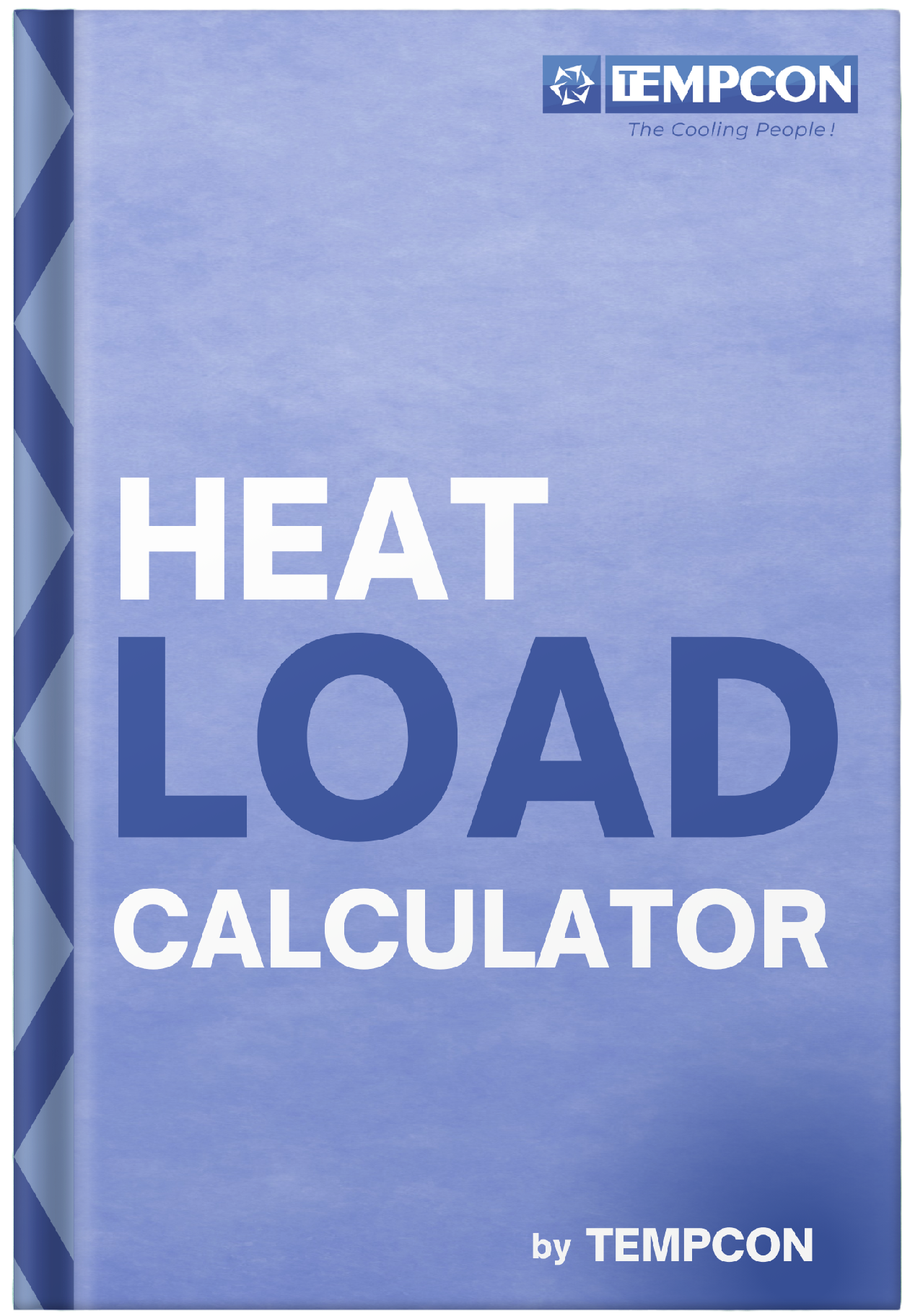 Free Heat Load Calculator
Free Heat Load Calculator
 Free Heat Load Calculator
Free Heat Load Calculator
 Free Heat Load Calculator
Free Heat Load Calculator
Chillers play a vital role in the concrete batching process, and the use of appropriate chillers is essential. Batching plant chillers are designed to cool concrete batching plants to ensure maximum productivity. Concrete batching plants combine cement, water, and aggregates to produce concrete, which is then used for various construction projects. However, the use of the correct scroll chiller is critical to avoid major challenges during concreting in hot and tropical regions.
Batching plant chillers function by circulating chilled water through a heat exchanger, which cools the concrete mixture. The combination of high temperatures and heat generated during the curing process can result in superficial and integral cracks and other defects that affect the durability and safety of the structure. Chilled concrete is crucial for reducing the temperature of the concrete mixture, which helps control the heat generated during the hydration process.
The Problem Factor :
Ineffective use of scroll chillers can disrupt the required temperature, leading to cracks in the concrete. Two main challenges encountered during the concrete batching process are high environmental temperatures and high temperatures of the concrete itself. Additionally, using scroll chillers without proper site monitoring can cause them to break down, disrupting the concrete batching process. Chiller failures can significantly impact the quality and consistency of the concrete. If the chiller fails or malfunctions, the temperature of the water used in the mix can rise, resulting in several potential issues:
Why do chillers Fail?
Solution :
Tempcon’s scroll chillers are precisely designed to operate under extreme conditions in concrete batching plants. These smartly engineered chillers can be easily applied in various settings, including high-rise buildings, dam projects, power plants, roads and projects, and precast yards. One of the advantages of using Tempcon’s scroll chiller in a concrete batching plant is its ability to provide accurate temperature control, allowing for precise cooling of the water used in the mix. This is crucial, as even minor temperature variations can significantly impact the quality and consistency of the final product.
In addition to providing accurate temperature control, Tempcon’s scroll chillers are also efficient and cost-effective. They consume less energy than other types of chillers and require less maintenance. Furthermore, they are reliable, with a long lifespan and minimal downtime.